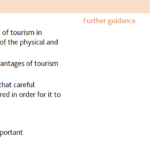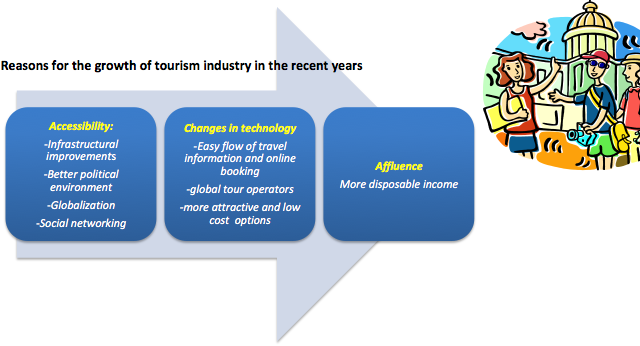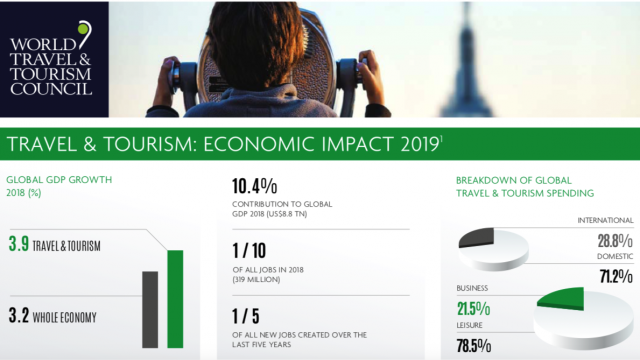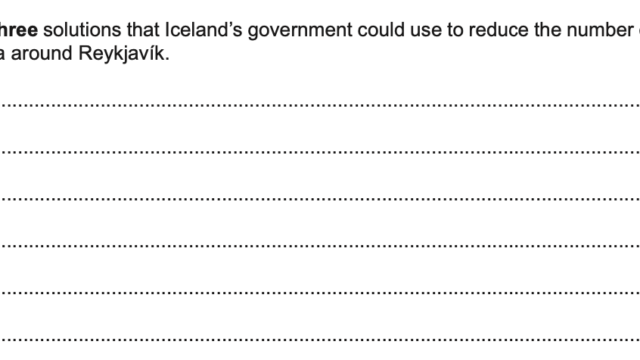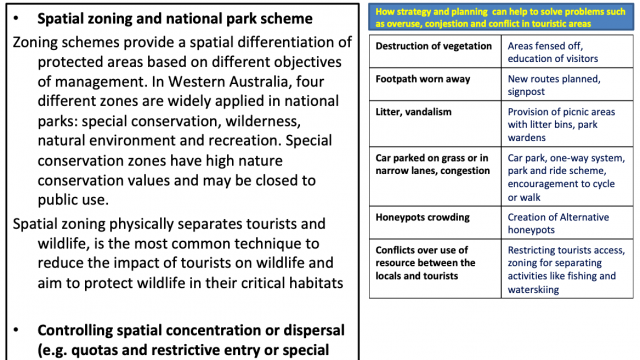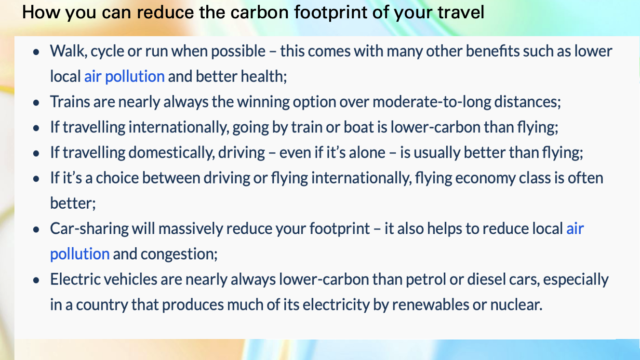What is tourism?
Tourism means travel away from home mainly for the purpose of leisure for at least one night but not more than one consecutive year. Day tripping is not regarded as tourism. (World Tourism Organization, UNWTO).
Benefits of tourism
Tourism can be viewed as a commercialized hospitality, travel and leisure industry – an industry to earn foreign exchange.
Tourism as a means to get knowledge, sharing cultural values and respect to humanity.
Promoting conservation – eco-tourism and sustainable tourism (alternative tourism)
Tourism as a strategy for development generating multiplier effect.
Multiplier Effect: When an initial amount of spending usually by the government leads to increased spending by the tourists and results in an increased national income greater than the initial amount spent. Tourism can also be transformed as the modern variety of traditional pilgrimage, adventure and exploration.
Both in numbers and spending, the number one source of international tourists is China. In the league tables of the continents, Europe holds the number one spot as the most visited continents with more than 500 million visitors per year.



